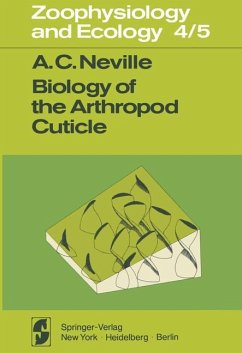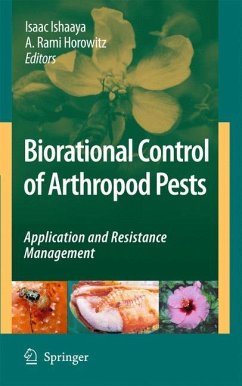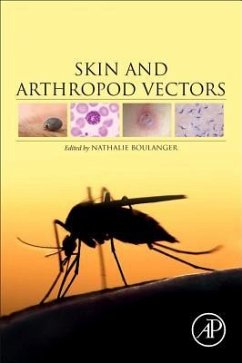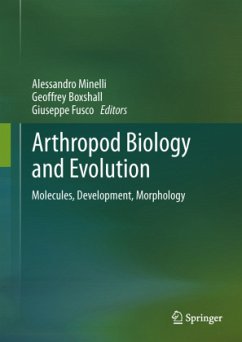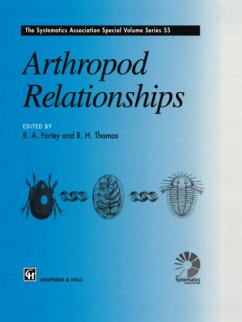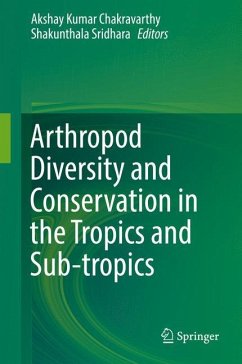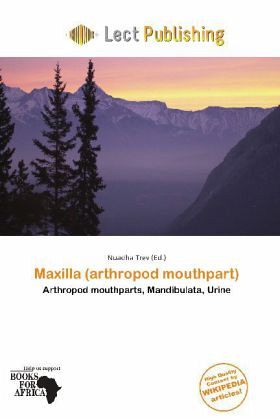
Maxilla (arthropod mouthpart)
Arthropod mouthparts, Mandibulata, Urine
Herausgegeben: Trev, Nuadha
Versandkostenfrei!
Versandfertig in 6-10 Tagen
23,99 €
inkl. MwSt.

PAYBACK Punkte
12 °P sammeln!
Please note that the content of this book primarily consists of articles available from Wikipedia or other free sources online. In arthropods, the maxillae are paired structures present on the head as mouthparts in members of the clade Mandibulata, used for tasting and manipulating food. Embryologically, the maxillae are derived from the 4th and 5th segment of the head and the maxillary palps; segmented appendages extending from the base of the maxilla represent the former leg of those respective segments. In most cases, two pairs of maxillae are present and in different arthropod groups the t...
Please note that the content of this book primarily consists of articles available from Wikipedia or other free sources online. In arthropods, the maxillae are paired structures present on the head as mouthparts in members of the clade Mandibulata, used for tasting and manipulating food. Embryologically, the maxillae are derived from the 4th and 5th segment of the head and the maxillary palps; segmented appendages extending from the base of the maxilla represent the former leg of those respective segments. In most cases, two pairs of maxillae are present and in different arthropod groups the two pairs of maxillae have been variously modified.In millipedes, the second maxillae have been lost reducing the mouthparts to only the first maxillae which have fused together to form a gnathochilarium, acting as a lower lip to the buccal cavity and the mandibles which have been enlarged and specialized greatly, used for chewing food. The gnathochilarium is richly infused with chemosensory and tactile receptors along its edge.




